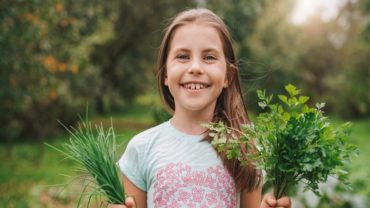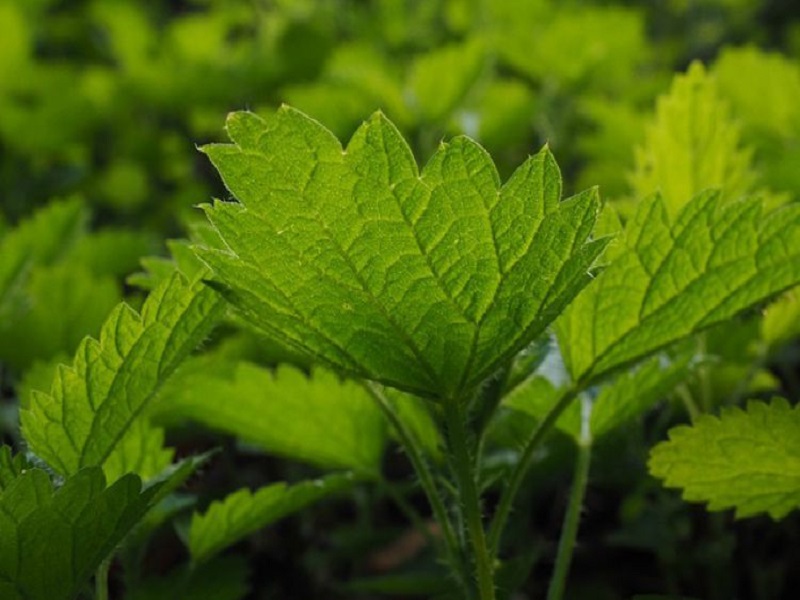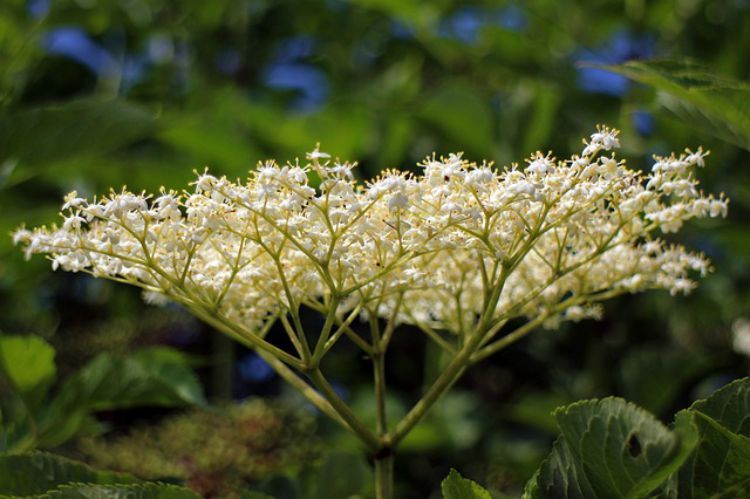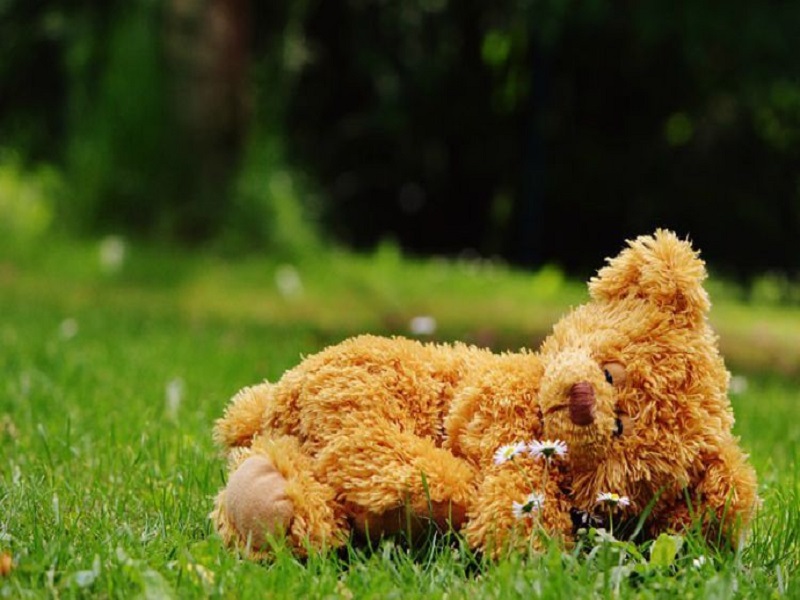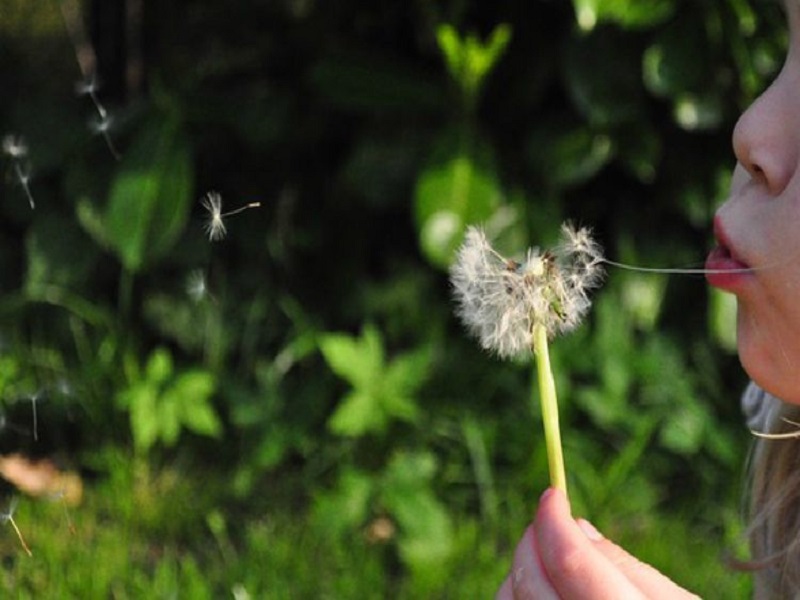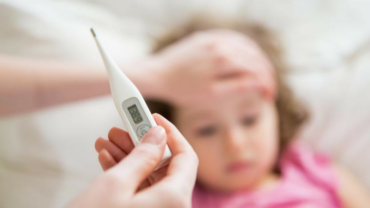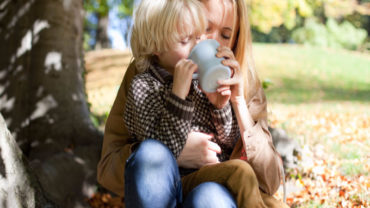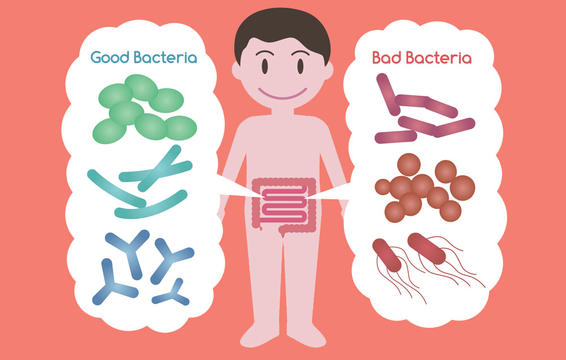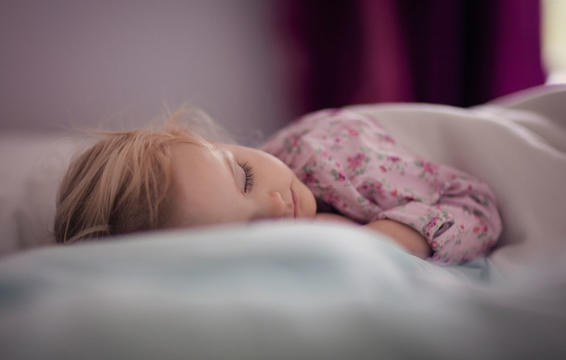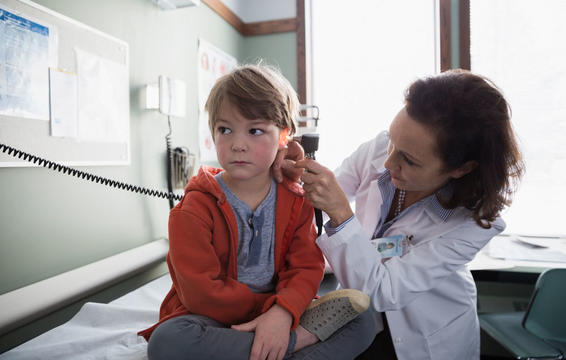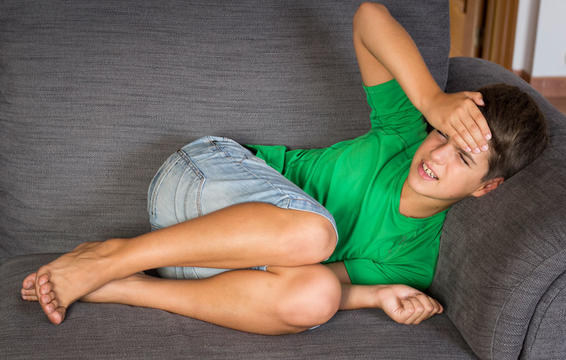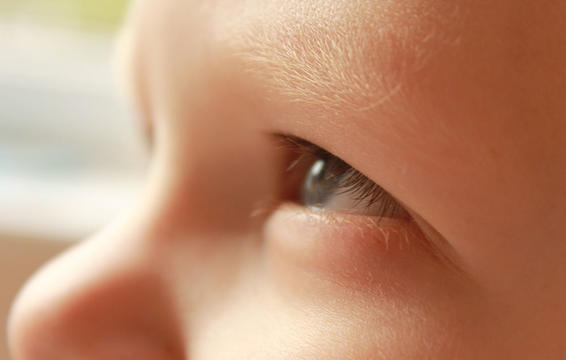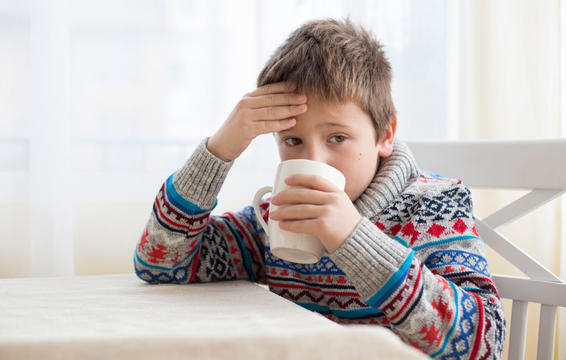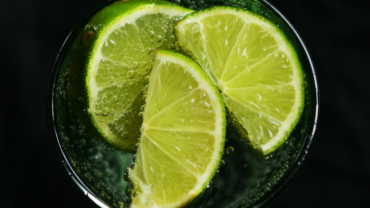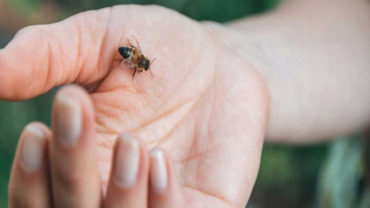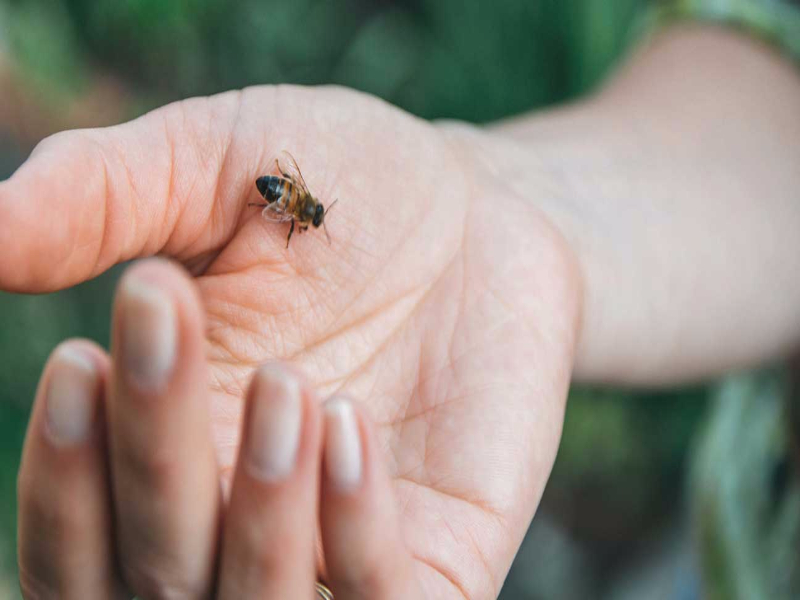via theherbalbalance: Herbs and kids go together like two peas in a pod, with many lovely, gentle herbs that children readily respond to. These botanicals can be used to not only bring aid to little ones during times of illness but also to inspire children with the wonders of nature and the plant world. Yet, if we want to use herbs with a child for health reasons or for play, knowing how to find and use safe herbs for kids is of the utmost importance.
Safe Herbs For Kids
Herbs have a long history of use for helping families and their children to thrive and be healthy. I like to use safe herbs that are gentle and mild with children and have time-tested traditional use. Kids are more sensitive than adults and respond strongly to mild herbs while stronger herbs may cause unwanted reactions in little bodies. Some of my favorite plants to use with kids include gentle nervines and nourishing herbal plants which are wonderful for bringing a bit of herbal love to children.
When choosing which plant to use with your child, it is important to do your homework. Get a good children’s herbal book (recommended books below) and refer to it when needed. You can also follow the links offered throughout this article to learn more about individual herbs including their properties and how to use them. The herbs mentioned in this post are used by herbalists for children and are generally considered to be safe herbs for kids, however no herb is safe for every person, please see guidelines below for further information about using herbs with kids.
Nourishing Plants for Kids
These plants act like a nutritive food in the body and indeed the herbal assistance that comes from nourishing herbs is through their ability to offer high amounts of vitamins, minerals, and other phytochemicals that are easily absorbed. Boost the nutrient content of your food by adding these plants to foods such as salads, soups, and casseroles. They also make wonderful teas and infusions which can then be used to make kid-friendly herbal treats such as ice pops, smoothies, and even jello!
Examples of nourishing plants include:
- Nettle (Urtica dioica), dry or cook before using
- Oatstraw (Avena sativa)
- Raspberry (Rubus idaeus)
- Alfalfa (Medicago sativa)
- Dandelion (Taraxacum officinale)
- Seaweeds
- Marshmallow (Althaea officinalis)
- Rose hips (Rosa species)
- Violet (Viola odorata)
Gentle Nervines for Kids
Nervines are plants that help to nourish and calm the nervous system. These plants are wonderful for helping to soothe nervousness and anxieties, for example when kids are nervous about the first day of school or a big performance coming up. These herbs also lend a calming hand when children have become so overtired and that they are wired. Nervines can help to ease away occasional insomnia as well as aches and pains including headaches. And these plants also assist in providing calm comfort during illness when rest is essential.
Examples of nervines for kids include:
- Chamomile (Matricaria chamomilla)
- Lemon balm (Melissa officinalis)
- Spearmint (Mentha spicata)
- Rose petals (Rosa species)
- Lavender (Lavandula species)
- Catnip (Nepeta cataria)
When Things Go Amiss
It is wonderful to be able to use natural remedies to help an ailing child feel better. You can put a little nurturing love and care into making and using herbal remedies with kids and when they feel that love, it helps them feel better! Herbs can be helpful to alleviate symptoms and speed recovery from stuffy noses, sore throats, coughs, and tummy aches. Along with the herbs listed here, look to nervines which are also helpful during illness offering calm support along along with antimicrobial properties in their own right.
Here are some examples of helpful herbs to use with sick kids:
- Elder flower & berry (Sambucus nigra)
- Violet & pansy (Viola species)
- Anise seeds (Pimpinella anisum)
- Cinnamon (Cinnamomum cassia)
- Thyme (Thymus vulgaris)
- Garlic (Allium sativum)
- Marshmallow (Althaea officinalis)
- Slippery Elm (Ulmus rubra)
- Nervines listed above
Appropriate Dosing Of Herbs For Kids
It is just as important to know how to use herbs safely with your kids as it is to be able to choose safe herbs. An essential part of using herbs safely with children is giving them the proper dosage of the herb or herbs you have chosen. Herbalists have a couple different ways to figure out safe dosages of herbs for kids. These rules are based on weight or age of the child to figure the dosage and can be of great help.
Clark’s Rule
This rule is based on the weight of the child and assumes that the adult dosage is for a 150 pound adult.
To use Clark’s Rule take the weight of your child and divide it by 150.
For example, if your child weighs 38 pounds you would divide 38 by 150 (38/150 = .253 or ¼) so your child would take ¼ of the adult dosage (White et al., 1998).
Young’s Rule
Young’s rule for figuring dosage is based on the child’s age. To use, add 12 to the child’s age and divide the child’s age by this number.
Here is an example for a 6 year old child: 6+12 = 18, then 6/18 = .3 from which you can calculate the fraction of the adult dosage to use. In this case 1/3 of the adult dosage (Gladstar, 2001).
Although the herbs listed above are among the most commonly used herbs for kids, adjusting herb dosage for kids makes many herbs effective and safe for kids. Herbalist Rosemary Gladstar explains, “my experience has been that almost any herb that is safe for an adult is safe for a child as long as the size and weight of the child are accounted for and the dosage is adjusted accordingly” (Gladstar, 2001, pp. 163). She also says that these herbs should be “in small amounts for short periods of time only, and in conjunction or formulated with milder herbs” (Gladstar, 2001, pp. 163).
What to Watch For
Other safety precautions are important for everyone and especially children. Please keep in mind that no herb is safe for absolutely every person, just as strawberries and peanuts are not safe food choices for everyone. Please watch your child carefully for signs of negative reaction.
The Scratch Test
If you are not sure that an herb will be safe for your child or have never given him or her a plant before and want to be cautious you can perform a scratch test. Take a small amount of the herb, tea, or tincture and gently rub it on the inside of your child’s arm. Wait for 24 hours to see if there is any negative reaction before using the herb.
This guidance in no way takes that place of qualified medical care. If your child is very sick and/or not responding to your efforts please consult your doctor. As a parent your intuition about your child’s health is often the best guideline and it is important to listen to that wise voice.
Herbs are Fun Too!
If you want to engage your child in the world of herbalism even more check out our Introduction To Herbs For Kids series. With eight lesson on learning about herbs, it is written with a voice towards children and is full of ideas for playing with and learning about herbs including plenty of activities, recipes, and printables!
For a more in-depth study of using safe herbs with kids consider signing up for our Introductory and Intermediate Courses or our Herbarium membership all of which have resources available to aid in your herbal studies.


